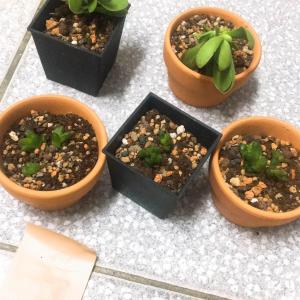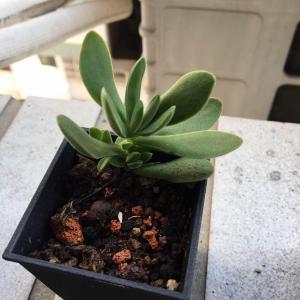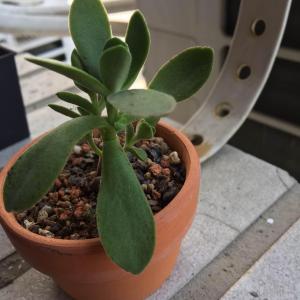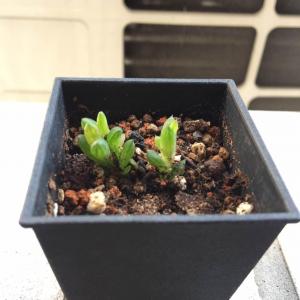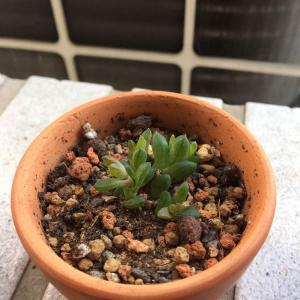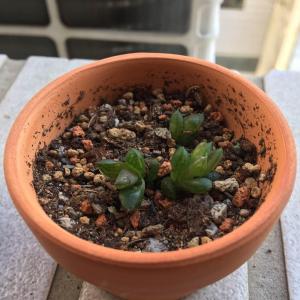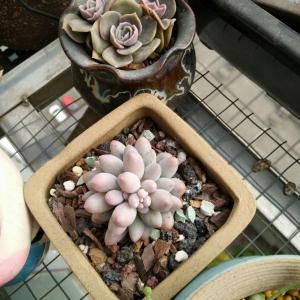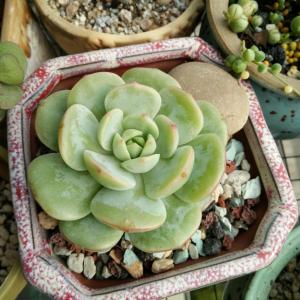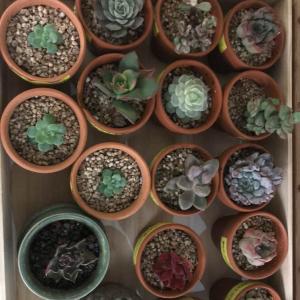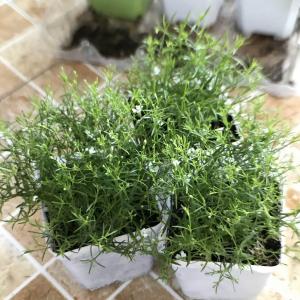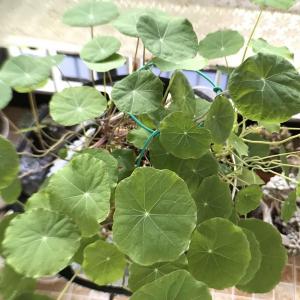文章
Miss Chen
2017年11月22日

Though generally grown as warm-season annuals, prized for their fast growth and juicy, sweet fruit, tomatoes (Lycopersicon esculentum) are technically frost-tender perennials in U.S. Department of Agriculture plant hardiness zones 9 through 11. Wilting in a tomato plant can be a symptom of several problems. Perk up your droopy tomatoes so you can continue to enjoy the fruits of your labor.

Water, Water, Everywhere
Tomatoes are 90 percent water. Thus, dehydration can lead to significant fruit loss and stunted growth. If you notice a plant wilting and the soil is dry, drought stress is likely the chief culprit. Tomatoes typically need watering once every four days in light, sandy soil and once a week if grown in heavier soil. When watering tomatoes, always use enough water to moisten the soil to a depth of 8 to 10 inches. Deep watering encourages the plant to extend its roots farther into the soil, increasing plant vigor and lowering risks of future drought stress. To conserve soil moisture, consider spreading mulch around the base of the plants, but keep mulch from touching the stems.
Sprinkle Some Salt
It may sound unconventional, but salt may do the trick. If you notice wilting, stunted leaf development and yellowing, the tomatoes may be suffering from a magnesium deficiency. Epsom salt is a naturally rich source of magnesium and may boost tomato growth and make the plant greener and more lush. Mix a tablespoon of Epsom salt in a gallon of tap water, pour it into a spray bottle and mist the solution onto the tomato plants. Coat all exposed surfaces of the plant evenly.
Check for Pests
Tomato plants occasionally suffer from pest infestations, and this may cause plant stress, wilting, leaf drop and fruit loss. Common tomato pests that cause wilted foliage include aphids and whiteflies, which suck on the plant's juices. Aphids appear as little green, black, red or brown spots on the plant. Whiteflies, as their name implies, are tiny flies with a dusty white appearance that tend to group on the underside of leaves. Both pests can be managed by spraying tomato plants with a strong blast of water from a backyard garden hose. This dislodges and kills pests and can keep pest populations at a level low enough that they don't cause lasting harm to the tomatoes.

Or, try an insecticidal soap. Make your own at home by mixing 5 tablespoons of liquid dish soap in a gallon of water. Spray the soapy solution onto affected portions of the tomato plant. The solution kills aphids and whiteflies on contact. Repeat once a week as needed.
Fight Fungus
Inspect the wilted foliage. If you see brown or black growths on the leaves, the tomatoes may be suffering from a fungal infection. Such problems are best controlled and prevented with proper sanitation. Wipe a pair of pruning shears with rubbing alcohol to sterilize it, then snip off any affected stems and leaves that have mold or other fungal growths.
Once you remove diseased plant parts, prevent future disease by monitoring your tomato care practices. Change your watering practices to ensure you're only watering at the base of each tomato plant, since overhead irrigation and damp foliage makes leaves susceptible to disease. Always use mulch, as that prevents soil from splashing up on your tomatoes which can increase the risks of plant disease. Finally, the next time you plant tomatoes, plant them in a new section of your backyard and space them farther apart to ensure proper air circulation among the plants. Ideally, plants should be approximately 2 feet apart.

Water, Water, Everywhere
Tomatoes are 90 percent water. Thus, dehydration can lead to significant fruit loss and stunted growth. If you notice a plant wilting and the soil is dry, drought stress is likely the chief culprit. Tomatoes typically need watering once every four days in light, sandy soil and once a week if grown in heavier soil. When watering tomatoes, always use enough water to moisten the soil to a depth of 8 to 10 inches. Deep watering encourages the plant to extend its roots farther into the soil, increasing plant vigor and lowering risks of future drought stress. To conserve soil moisture, consider spreading mulch around the base of the plants, but keep mulch from touching the stems.
Sprinkle Some Salt
It may sound unconventional, but salt may do the trick. If you notice wilting, stunted leaf development and yellowing, the tomatoes may be suffering from a magnesium deficiency. Epsom salt is a naturally rich source of magnesium and may boost tomato growth and make the plant greener and more lush. Mix a tablespoon of Epsom salt in a gallon of tap water, pour it into a spray bottle and mist the solution onto the tomato plants. Coat all exposed surfaces of the plant evenly.
Check for Pests
Tomato plants occasionally suffer from pest infestations, and this may cause plant stress, wilting, leaf drop and fruit loss. Common tomato pests that cause wilted foliage include aphids and whiteflies, which suck on the plant's juices. Aphids appear as little green, black, red or brown spots on the plant. Whiteflies, as their name implies, are tiny flies with a dusty white appearance that tend to group on the underside of leaves. Both pests can be managed by spraying tomato plants with a strong blast of water from a backyard garden hose. This dislodges and kills pests and can keep pest populations at a level low enough that they don't cause lasting harm to the tomatoes.

Or, try an insecticidal soap. Make your own at home by mixing 5 tablespoons of liquid dish soap in a gallon of water. Spray the soapy solution onto affected portions of the tomato plant. The solution kills aphids and whiteflies on contact. Repeat once a week as needed.
Fight Fungus
Inspect the wilted foliage. If you see brown or black growths on the leaves, the tomatoes may be suffering from a fungal infection. Such problems are best controlled and prevented with proper sanitation. Wipe a pair of pruning shears with rubbing alcohol to sterilize it, then snip off any affected stems and leaves that have mold or other fungal growths.
Once you remove diseased plant parts, prevent future disease by monitoring your tomato care practices. Change your watering practices to ensure you're only watering at the base of each tomato plant, since overhead irrigation and damp foliage makes leaves susceptible to disease. Always use mulch, as that prevents soil from splashing up on your tomatoes which can increase the risks of plant disease. Finally, the next time you plant tomatoes, plant them in a new section of your backyard and space them farther apart to ensure proper air circulation among the plants. Ideally, plants should be approximately 2 feet apart.
0
0
文章
Miss Chen
2017年11月19日

Rosemary (Rosmarinus officinalis) originated in the Mediterranean region, where it adapted to warm temperatures, sandy soil and a dry environment. In warmer areas (zones 7 to 11) it is a perennial and can grow outdoors. Plant rosemary in a pot in colder areas (zones 6 to 2) so it can be brought inside during winter to protect it from the cold. Rosemary prefers slightly alkaline, sandy, well-drained soil so that the roots do not stay wet and it can live up to 20 years when well cared for.

Starting from a Cutting
The fastest way to get a rosemary plant started is from a cutting. Take the cutting from new growth on the parent plant, snipping about 2 to 4 inches from the end of the branch at the end of May or through the month of June. Trim off the bottom leaves and dip the end of the branch in rooting hormone before securing it in the lightly moistened potting soil. Cover the cutting and pot with a plastic bag to keep it in a warm, humid environment, between 60 to 70 degrees Fahrenheit and out of direct sunlight. The cuttings take about two to three weeks to develop roots and new growth, at which point they can be transplanted. Without rooting hormone, the cuttings take about eight weeks to develop roots.
Starting by Layering
Layering is another method used to propagate rosemary quickly, because the branch remains attached to the original plant and continues to receive nutrients from it. Use a branch that easily reaches the ground and remove leaves along a 1-inch section at that point. Secure it to the ground using a landscape pin and cover the section stripped of leaves with dirt. The layered branch develops roots over the course of a few months, recognizable because new growth starts developing at the tip of the branch. At this point, cut the branch from the parent plant and move it to its new location, taking care not to disturb the roots too much.

Starting From Seed
Although it is possible to start rosemary from seed, it is not the recommended method because the germination rate is only about 15 to 30 percent. They can take up to three months to germinate, so start them well before the planting season. Plant the rosemary seeds in a light, sandy potting medium, placing them about 3 inches apart. Spread a thin layer of the potting soil over the seeds and spray them lightly with water to moisten the soil. Cover the seed trays or cups loosely with plastic wrap to keep them moist and place them in a warm area. Once the seedlings start sprouting, they require ample sunlight and continued warmth. Plant them in larger pots or outdoors once there is no threat of frost. Burpee recommends waiting until the seedlings are about 3 inches tall before replanting.
Growing Conditions
Rosemary requires at least six to eight hours of sun a day for optimal growth. The plants reach a mature height of 3 to 5 feet, on average, with a spread of 4 to 5 feet, depending on the exact growing conditions and the specific cultivar. The size and shape can be controlled with pruning. When planted in a pot, rosemary may require transplanting and trimming twice a year because it grows fairly quickly. Once the outdoor temperatures reach about 30 degrees Fahrenheit, move the rosemary indoors to a sunny location with southern exposure and good air circulation to prevent the development of powdery mildew.

Starting from a Cutting
The fastest way to get a rosemary plant started is from a cutting. Take the cutting from new growth on the parent plant, snipping about 2 to 4 inches from the end of the branch at the end of May or through the month of June. Trim off the bottom leaves and dip the end of the branch in rooting hormone before securing it in the lightly moistened potting soil. Cover the cutting and pot with a plastic bag to keep it in a warm, humid environment, between 60 to 70 degrees Fahrenheit and out of direct sunlight. The cuttings take about two to three weeks to develop roots and new growth, at which point they can be transplanted. Without rooting hormone, the cuttings take about eight weeks to develop roots.
Starting by Layering
Layering is another method used to propagate rosemary quickly, because the branch remains attached to the original plant and continues to receive nutrients from it. Use a branch that easily reaches the ground and remove leaves along a 1-inch section at that point. Secure it to the ground using a landscape pin and cover the section stripped of leaves with dirt. The layered branch develops roots over the course of a few months, recognizable because new growth starts developing at the tip of the branch. At this point, cut the branch from the parent plant and move it to its new location, taking care not to disturb the roots too much.

Starting From Seed
Although it is possible to start rosemary from seed, it is not the recommended method because the germination rate is only about 15 to 30 percent. They can take up to three months to germinate, so start them well before the planting season. Plant the rosemary seeds in a light, sandy potting medium, placing them about 3 inches apart. Spread a thin layer of the potting soil over the seeds and spray them lightly with water to moisten the soil. Cover the seed trays or cups loosely with plastic wrap to keep them moist and place them in a warm area. Once the seedlings start sprouting, they require ample sunlight and continued warmth. Plant them in larger pots or outdoors once there is no threat of frost. Burpee recommends waiting until the seedlings are about 3 inches tall before replanting.
Growing Conditions
Rosemary requires at least six to eight hours of sun a day for optimal growth. The plants reach a mature height of 3 to 5 feet, on average, with a spread of 4 to 5 feet, depending on the exact growing conditions and the specific cultivar. The size and shape can be controlled with pruning. When planted in a pot, rosemary may require transplanting and trimming twice a year because it grows fairly quickly. Once the outdoor temperatures reach about 30 degrees Fahrenheit, move the rosemary indoors to a sunny location with southern exposure and good air circulation to prevent the development of powdery mildew.
0
0






